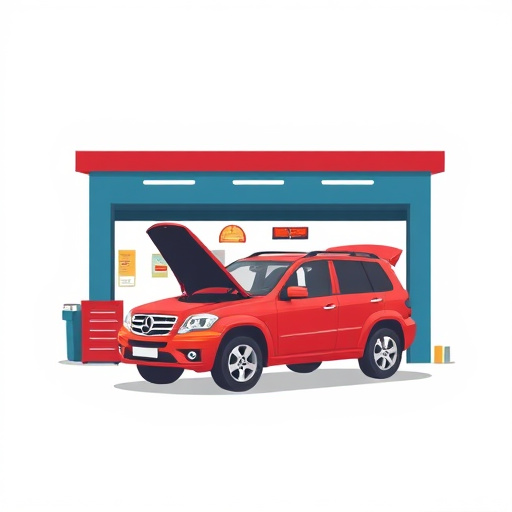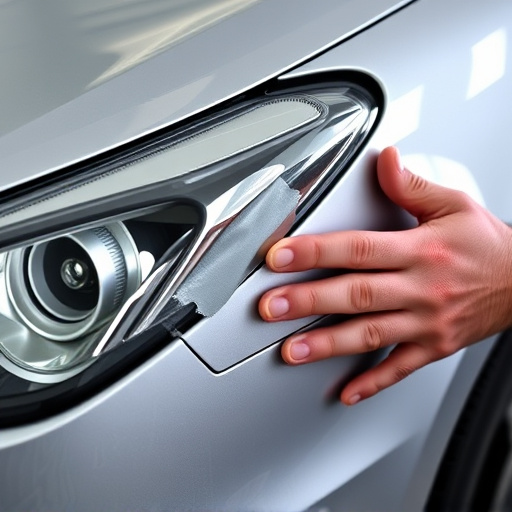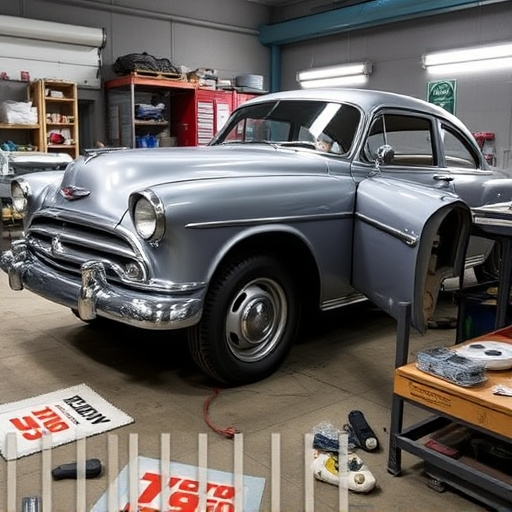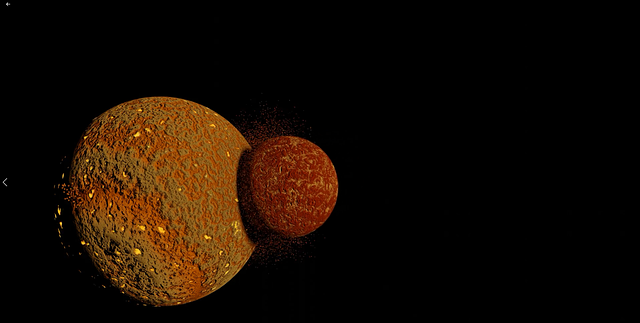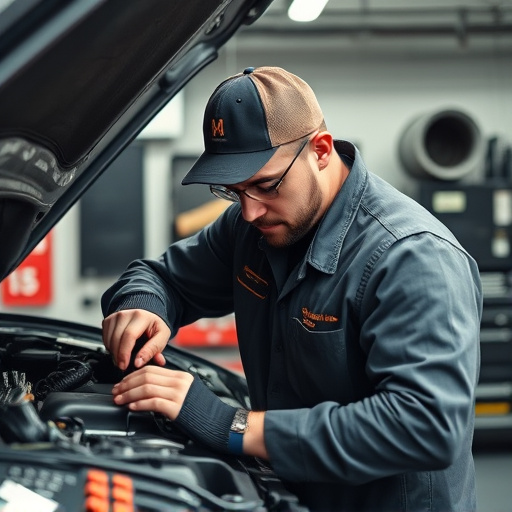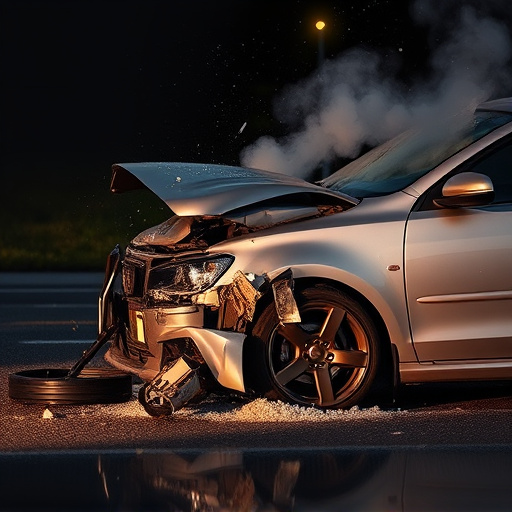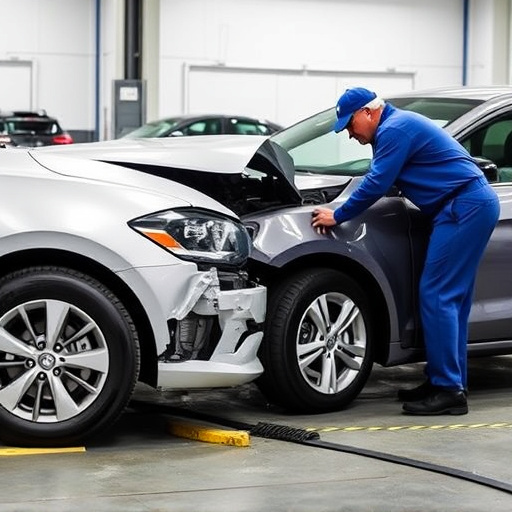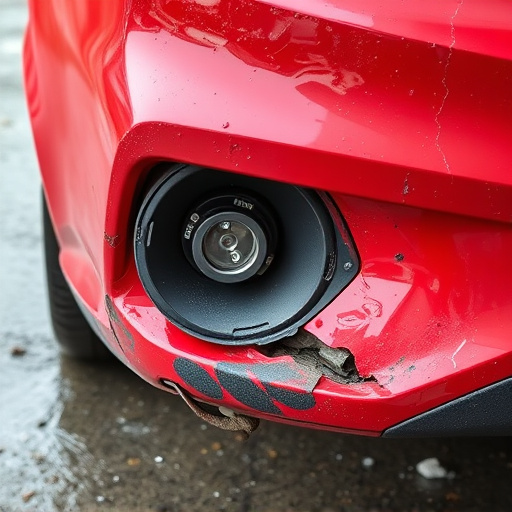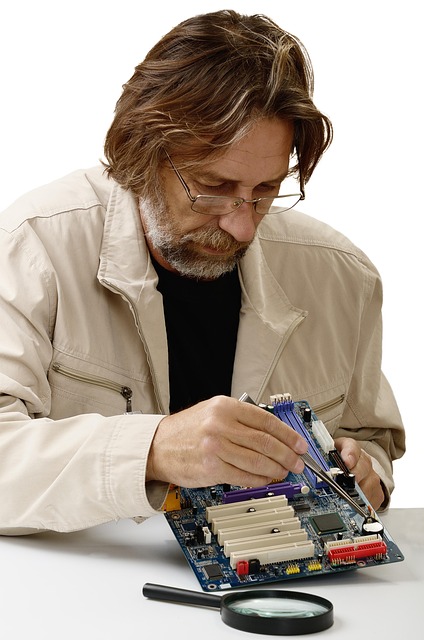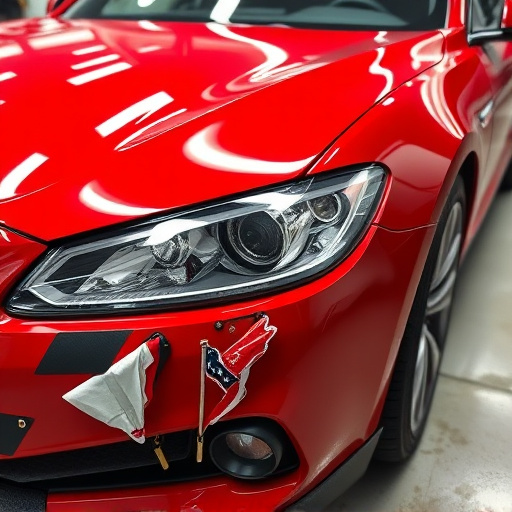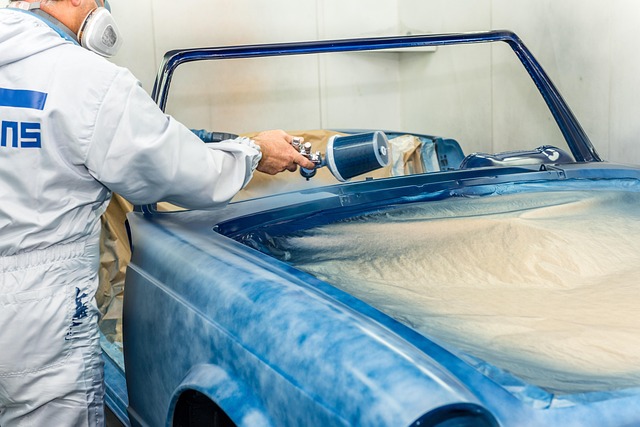Heat shield replacement is crucial for vehicle health and safety as these shields protect engine parts from heat damage. Over time, they can sustain injuries from road debris or wear and tear, leading to decreased performance and potential failures. Regular checks should be conducted to detect signs like cracks, rust, or corrosion, ensuring immediate attention to prevent further complications. Replacement involves removing the old shield, cleaning the area, installing a new one accurately, and inspecting for optimal vehicle performance protection.
“Ensure your exhaust system’s longevity and performance with this essential guide on heat shield replacement. Heat shields, crucial components in any vehicle’s exhaust setup, protect against intense temperatures and wear over time. This article delves into the world of heat shield functionality, revealing why their replacement is vital for safety and efficiency. We’ll explore common signs indicating a need for repair, providing a step-by-step process to effectively replace your car’s heat shield, keeping your exhaust system in top shape.”
- Understanding Heat Shields: Their Function and Importance
- Signs Your Heat Shield Needs Replacement
- The Process: How to Replace an Exhaust Heat Shield Effectively
Understanding Heat Shields: Their Function and Importance

Heat shields, an often overlooked component in your vehicle’s exhaust system, play a vital role in keeping your car running smoothly and efficiently. These protective barriers are designed to shield sensitive parts of the engine from direct heat transfer, preventing damage that could lead to costly repairs. They act as a crucial defense mechanism against the intense heat generated during combustion, ensuring that other components don’t overheat or fail prematurely.
Over time, these shields can sustain damage due to various factors like road debris impact, corrosion, or normal wear and tear. A dented or damaged heat shield is not just an aesthetic issue; it can compromise the overall performance of your exhaust system. That’s where heat shield replacement comes into play as a necessary practice in automotive restoration, helping car repair shops maintain optimal vehicle condition. By promptly addressing any issues with these shields, drivers can ensure their safety, enhance engine longevity, and prevent potential failures that could disrupt their drive.
Signs Your Heat Shield Needs Replacement

If you’ve been noticing unusual noises coming from your exhaust system or experiencing a drop in engine performance, it might be time to inspect your heat shield for any damage. Over time, heat shields can become compromised due to regular wear and tear, especially if your vehicle frequently encounters harsh driving conditions or has been involved in a previous vehicle collision repair. Cracks, holes, or significant deformities are clear indications that your heat shield needs attention; these defects not only compromise the protective barrier between the exhaust components and the rest of the vehicle but can also lead to more serious damage if left unaddressed.
Additionally, keep an eye out for signs of rust or corrosion, especially in older vehicles or those frequently exposed to moisture. While a bit of surface rust may not immediately indicate a need for heat shield replacement, extensive rusting could point to underlying issues that require professional Mercedes Benz repair. Regular maintenance checks can help identify these problems early on, ensuring prompt heat shield replacement and preventing further complications, such as dent repair, that may arise from exhaust system neglect.
The Process: How to Replace an Exhaust Heat Shield Effectively

Replacing an exhaust heat shield is a crucial aspect of maintaining your vehicle’s performance and safety, especially for those who drive luxury vehicles. This process involves several steps to ensure effectiveness. First, locate the damaged or worn-out heat shield along the exhaust system, typically between the engine and tailpipe. Once identified, remove any existing fasteners securely without causing further damage. Next, carefully take out the old heat shield, being mindful of hot components nearby. After that, clean the area thoroughly to ensure optimal adhesion for the new replacement.
When installing a new heat shield, align it precisely with the exhaust system’s contours. Secure it using appropriate hardware, ensuring all fasteners are tightly in place. Proper alignment and secure fastening are key to preventing future damage from heat and debris. Finally, inspect your work to verify the heat shield is functioning correctly, protecting vital components while maintaining efficient vehicle performance, similar to how tire services and luxury vehicle repair experts ensure comprehensive care for different aspects of your car.
Regularly addressing heat shield replacement is essential for maintaining your exhaust system’s health and longevity. By understanding both the function of these components and the signs that indicate their need for replacement, vehicle owners can ensure optimal performance and reduce potential safety risks. The straightforward process of heat shield replacement can be accomplished with the right tools and knowledge, allowing for a smoother driving experience and greater peace of mind on the road.
